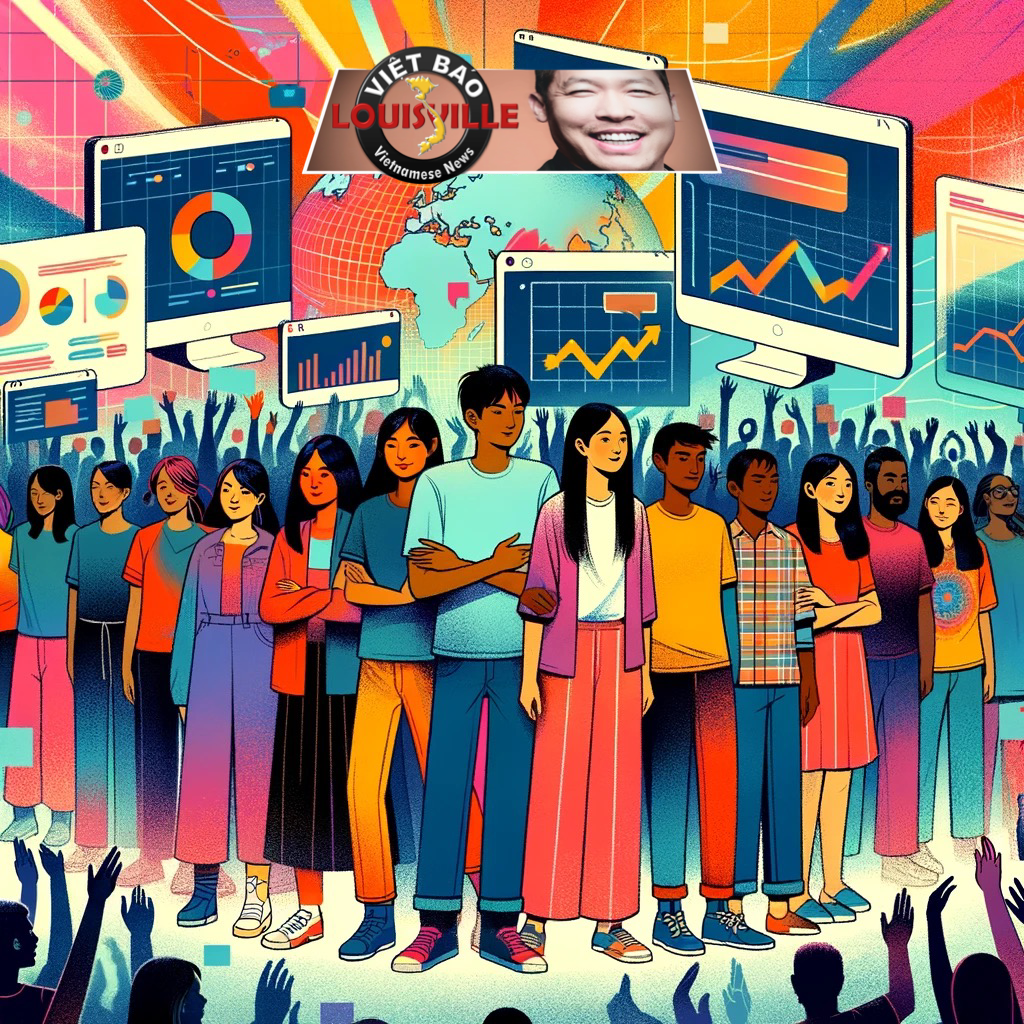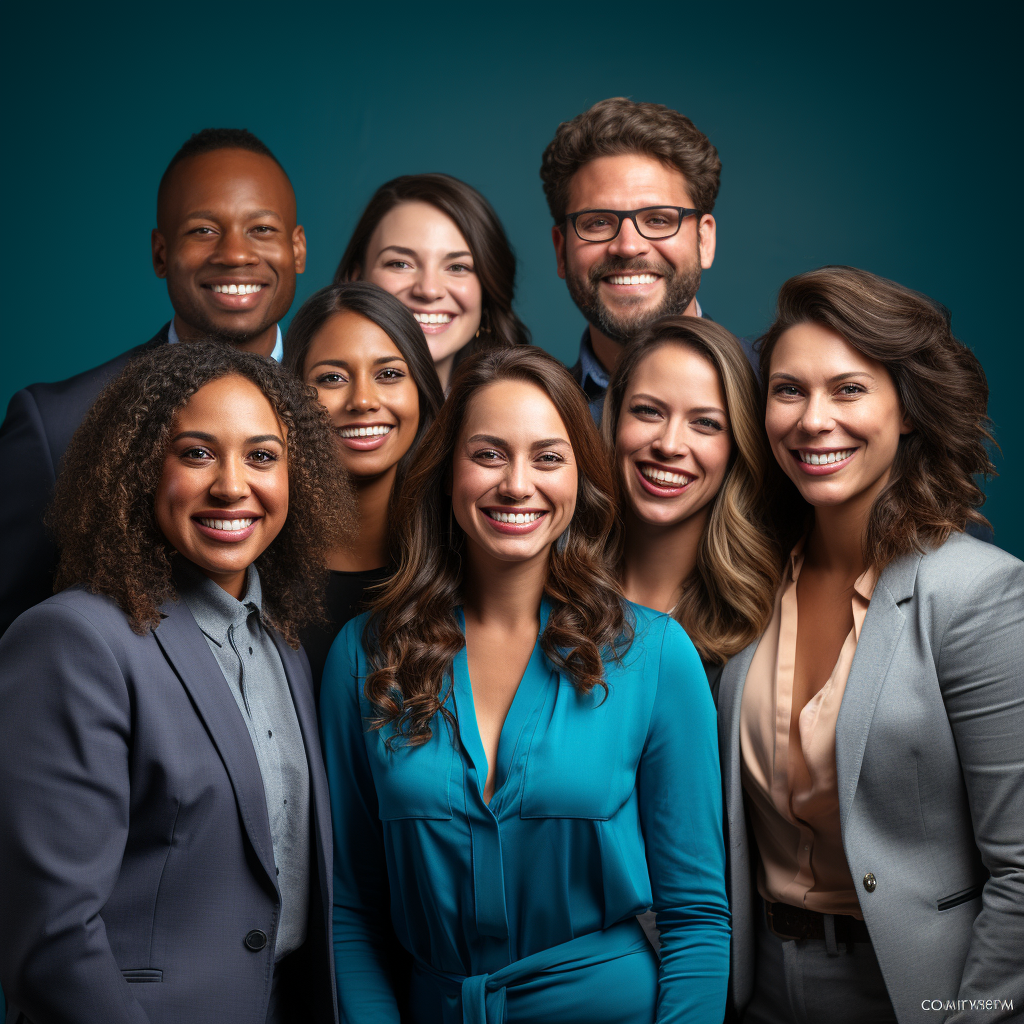1. Definition and Overview: Unconscious bias, sometimes referred to as implicit bias, refers to the prejudices or stereotypes that influence our decisions in an unintentional manner. These biases stem from our upbringing, experiences, and cultural environment. They can manifest in various ways, including ageism, sexism, racism, and even favoring candidates from a particular educational background or alma mater.
In the hiring process, such biases can lead to decisions that are not based on the candidate’s skills or qualifications, but rather on these deep-seated, often unrecognized prejudices. As a result, organizations may unintentionally favor certain candidates over others, leading to a lack of diversity and inclusivity.
2. Examples and Real-World Implications: Consider two candidates: John, a middle-aged white male with a degree from a prestigious university, and Aisha, a young African-American woman who studied at a lesser-known college. If a hiring manager, unknowingly influenced by unconscious biases, gives more weight to John’s application simply because of his background, the organization loses the opportunity to benefit from a diverse range of experiences and perspectives that Aisha could bring.
Another real-world example is the tech industry, often criticized for its gender imbalance. In 2014, Google disclosed that 70% of its employees were men, and in leadership roles, that number was even higher at 79%. Such disparities don’t arise from a lack of qualified female candidates, but often from biases (both conscious and unconscious) that affect hiring decisions1.
3. Statistics Highlighting the Problem:
- A 2017 study published in the Journal of Labor Economics found that resumes with traditionally African-American names received 14% fewer callbacks than those with white names2.
- Research by the National Bureau of Economic Research demonstrated that women were 50% less likely to get hired for a job in the male-dominated tech industry3.
- A 2020 study found that older applicants, especially older women, faced more age discrimination in hiring practices4.
4. Reasons Behind Unconscious Bias: Our brains are wired to make quick judgments, which can be traced back to our evolutionary need to assess threats. These judgments are formed by our personal experiences, societal norms, media portrayals, and more. In the context of hiring:
- Cultural Stereotypes: Society often perpetuates stereotypes, such as the belief that certain ethnic groups are more hardworking or that one gender is better suited for specific roles.
- Affinity Bias: This is the tendency to favor people who are like us or share similar backgrounds.
- Confirmation Bias: Hiring managers may seek information that confirms their existing beliefs about a candidate, overlooking evidence to the contrary.
5. Solutions to Combat Bias in Hiring:
- Awareness and Training: Recognizing and accepting that we all have biases is the first step. Organizations can provide unconscious bias training to help staff identify and counteract their prejudices.
- Structured Interviews: By asking all candidates the same questions and assessing their answers using the same criteria, biases can be minimized.
- Blind Recruitment: This process involves removing personal information (such as names, gender, age) from resumes and applications, allowing candidates to be evaluated purely on their skills and experiences.
- Diversity and Inclusion Initiatives: Actively promoting and prioritizing diversity can help in reshaping organizational culture.
6. MiaHire USA: Leading the Change: MiaHire USA, a virtual interview platform, has recognized these challenges in the hiring process and has positioned itself as a market leader in combatting bias. By offering a platform where evaluations are transparent across all hiring levels, MiaHire USA is ensuring that candidates are judged solely on their qualifications, skills, and fit for the role.
Their virtual interview system minimizes potential biases by focusing on the content of the interview, rather than irrelevant factors. MiaHire’s commitment to eradicating bias has set a new standard for hiring practices, demonstrating that it’s possible to have a fair, equitable, and transparent recruitment process.
Conclusion: While unconscious bias in hiring has been a persistent issue, with innovations like MiaHire USA, we’re moving towards a future where hiring decisions are based purely on merit. As more organizations recognize and address their biases, we can hope for a more diverse and inclusive workplace that values all individuals, regardless of their background.
References:
- “Diversity – Google.” 2014. https://www.google.com/diversity/ ↩
- Bertrand, Marianne, and Sendhil Mullainathan. “Are Emily and Greg More Employable Than Lakisha and Jamal? A Field Experiment on Labor Market Discrimination.” Journal of Labor Economics, 2004. ↩
- Goldin, Claudia, and Cecilia Rouse. “Orchestrating Impartiality: The Impact of ‘Blind’ Auditions on Female Musicians.” National Bureau of Economic Research, 2000. ↩
- Neumark, David, Ian Burn, and Patrick Button. “Age Discrimination and Hiring of Older Workers.” 2020. ↩


